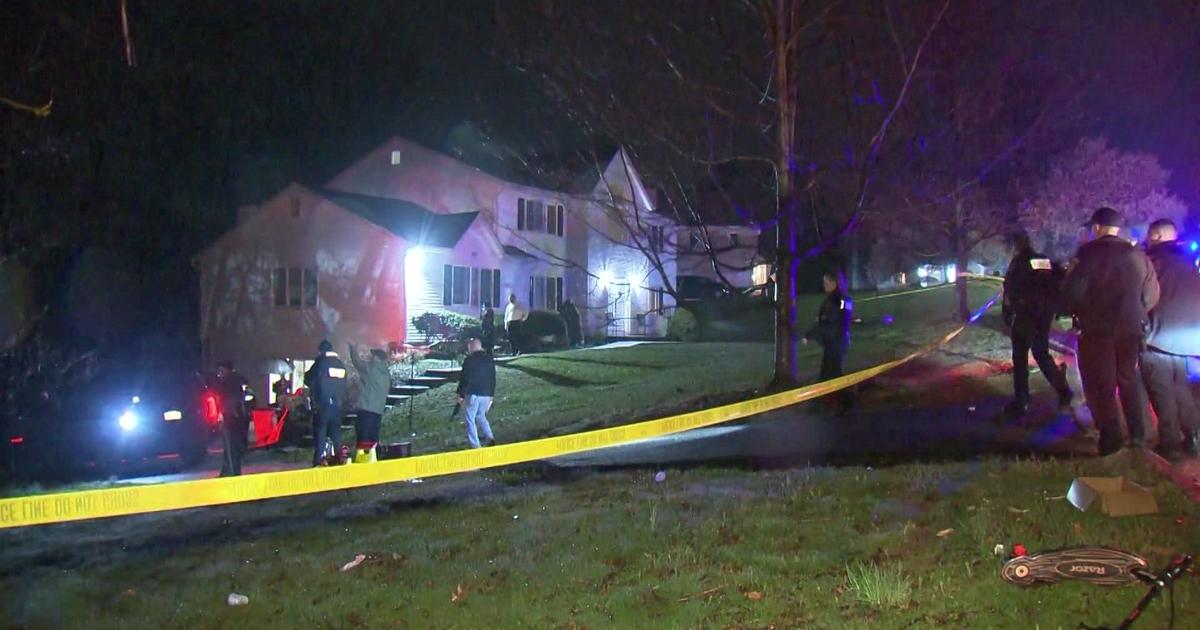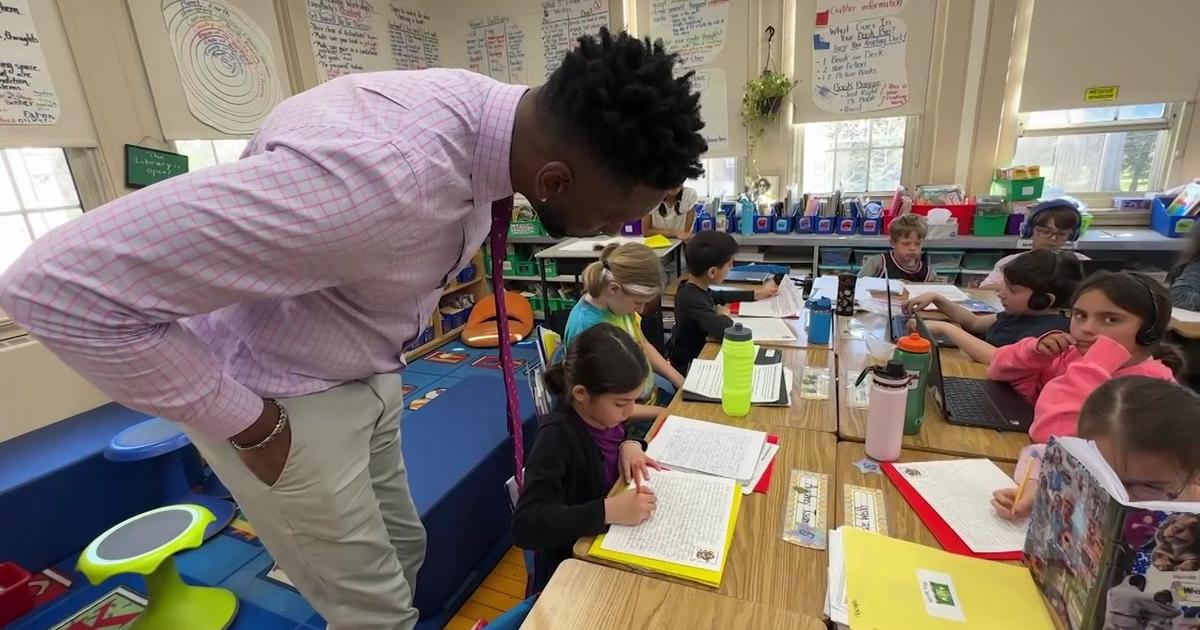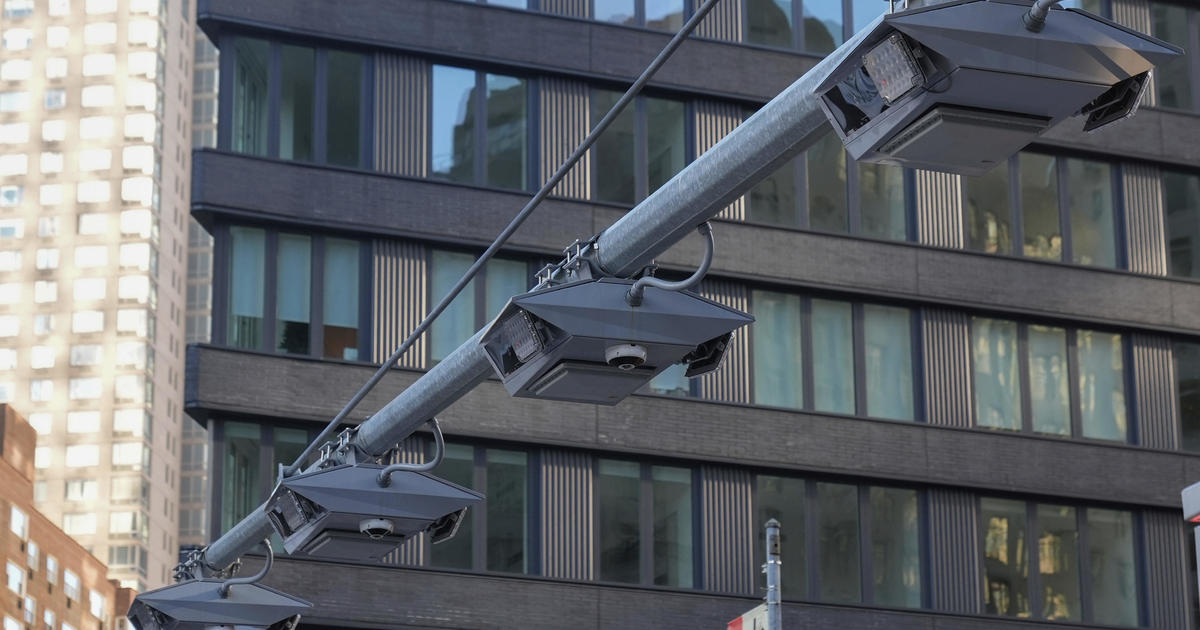NY Study Says Punishment Doesn't Solve Absenteeism
ALBANY, N.Y. (AP) -- A report commissioned by the state's Office of Children and Family Services says hauling parents into family court is not the best way to combat a rising tide of kids who chronically miss school.
In New York City, "chronic absenteeism" -- when a student misses at least 20 of the 180 days in a school year -- afflicts 40 percent of high school students and educators currently refer cases to social services for neglect.
"I've talked to a lot of principals on this," said Kim Nauer, who researched the city's statistics. "Schools call in these child protective services reports because they're frustrated with the families and their inability to get these kids to school."
Under New York law, chronic school absence is a trigger for complaints to the Office of Children and Family Services. Referrals can lead to family court, foster care or probation-like PINS supervision.
Professor Robert Balfanz, at Johns Hopkins University, said his research has shown that about half the students just decide to skip school, a quarter are avoiding something negative such as a bully or uncomfortable class, and another quarter stay out for life issues like work or baby sitting.
Now, a new study by the Vera Institute of Justice -- commissioned by the state office of Children and Family Services -- backs up the agency's belief that going after parents for educational neglect isn't effective. The report says chronic absenteeism seldom means teens
are abused or neglected at home but instead suggests they stay out for other reasons and schools need to find ways to re-engage them.
Caseworkers reported that the stigma and adversarial nature of investigations can make parents more resistant to help, analyst Jessica Gunderson wrote.
The Vera Institute, a nonprofit that studies juvenile justice and began looking at truancy a decade ago, was contracted by OCFS to produce the new report, as well as one last year that said charges of educational neglect increased 34 percent statewide from 2004 to 2008.
OCFS and county officials questioned whether, for teenagers, this is an efficient use of limited social services resources.
"Our thinking is probably not," said Laura Velez, OCFS deputy commissioner for child welfare and community services.
Last year, the agency received 290,000 calls for educational neglect and referred 180,000 to counties for investigation, said William Gettman, OCFS executive deputy commissioner.
New York City's high school rate of chronic absenteeism, like the high rate Balfanz also found in Baltimore and believes is common for urban schools nationwide, is roughly double the rate in the city's elementary schools.
Not everybody is quick to want courts out of the equation. New York law would have to change to take OCFS out of the process.
"While New York State's educational neglect system needs improvement, the solution is not to take parents off the hook for their children's behavior," said Jason Post, spokesman for New York City Mayor Michael Bloomberg. "The mayor's office believes that reports of educational neglect in children over 12 years of age can lead to underlying issues of abuse and neglect for both the student in question and for his or her younger siblings."
Bloomberg this year announced a test initiative at 25 schools using adult volunteer mentors with 1,500 students. Post said they are also using attendance incentives like free backpacks for showing up on the first day and an Old Navy coat and gift card for perfect attendance.
"Chronic absenteeism is sort of the first sign of student disengagement," Balfanz said. With every school recording attendance daily, they could all identify those students tomorrow, he said. Federal law doesn't require schools to report chronic absenteeism.
"My simple thing is every absence needs a response," Balfanz said. Some suburban schools do it, calling homes after only a few absences and immediately lining up the student's missed school work.
Nauer's studies, based on the New York City Department of Education's tracking system, found 124,000 chronically absent teenagers in 2008-09 and 140,000 the year before, about 40 percent both times. She also found 24 percent missed at least 40 days in one year, designated as severe cases.
"It's a shocking number," said Nauer, education project director for the Center for New York City Affairs, a think tank at the New School in Manhattan. "When you think about the volume of kids that are missing a month or more of school you realize how hard a job it is getting them to graduate and through their Regents exams."
The Vera Institute urged better data collection and trying methods that have had some success. Those include the state financially rewarding schools that succeed at re-engaging chronically absent students, connecting students to specific caring adults, regularly communicating with parents, and getting students involved in school-based activities that focus on their strengths.
The state doesn't currently track chronic absenteeism. State Education Department spokesman Jonathan Burman said that should change in the next few years in an expanded data program for K-12 tracking and early warning system to help identify at-risk students.
School districts often report absence rates as averages, which masks the real problem, according to the Vera analysis.
"Our attendance rate is 90 percent, which is good," said Post. "But that 10 percent hides big pockets."
(Copyright 2010 The Associated Press. All Rights Reserved. This material may not be published, broadcast, rewritten or redistributed.)



